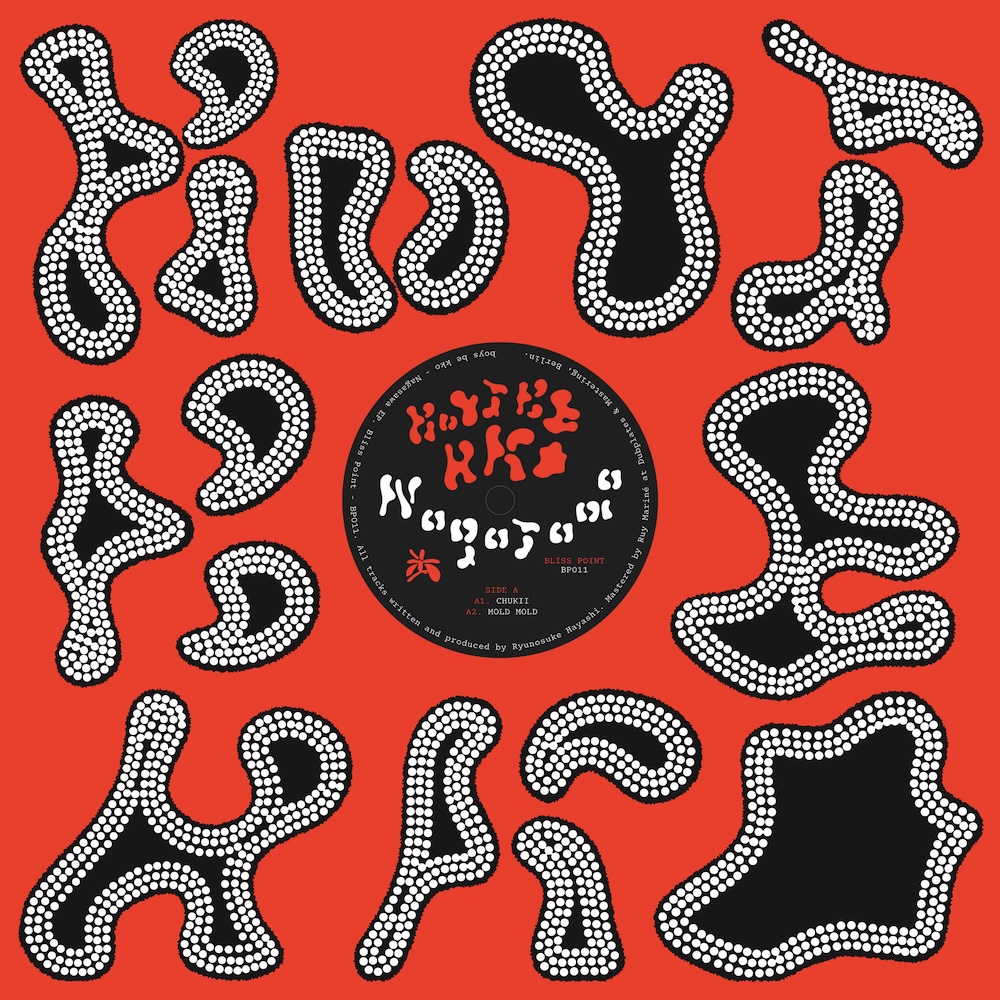Week 40:
Once upon a time there was a quiet, attractive fishing village sitting in a very pretty bay of the Caribbean, accessible from the nearby city and with a number of nice, safe beaches scattered along the nearby headland. Perhaps you can guess what happened next? It got discovered by backpackers who thought it ideal for chilling in the day and partying at night, and found it hard to leave. They started selling jewellery etc to keep themselves in weed money. Some of them stopped being backpackers and set up diving companies or bought property to rent to other tourists. Many hostels and restaurants opened up, and trade at the 24hour off license on the beachfront got brisker and brisker. It became one of the inevitable stopping points for anyone travelling along the coast, and while its traditional fishing activity remains, many locals have geared their economic activity towards the passing trade.
What happened in Taganga is a story familiar wherever tourism exists; indeed I saw something very similar at Manzanitas in Ecuador, only Manzanitas is just recently coming into its own whereas Taganga, just east of busy Colombian port city Santa Marta, felt distinctly like somewhere on the wane. We were cornered, not unwillingly, by a Californian woman when we stepped off the bus who didnt have much trouble persuading us to rent out her second property for a few nights a bamboo and rush-roof construction with a fantastic view over the village and the sea. Her introduction to the property did include, however, a warning about rising crime levels and the suggestion that we take advantage of the security service that they pay to accompany them home late at night. Needless to say we never experienced any hint of aggression during our stay, but with depleting fish stocks and a surfeit of businesses aimed at tourists who are not arriving in sufficient numbers for everyone to make a living, both the traditional and newer economies in Taganga are, one imagines, failing to stave off a certain amount of desperation.
Our biggest contribution to the economy was the purchasing of food and coffee, since we didnt go diving and wed already been to visit to nearby Tayrona National Park (a stunning spot where the prevalence of mica means that every surface, land and sea, shimmers with gold). Though since most of the hospitality industry in Taganga seems to be foreign-owned, one might question the value of that contribution. Nonetheless, it was good food and good coffee
the latter being something that is much harder to find in Colombia than youd have thought. I spent the majority of my thirtieth birthday learning how to play backgammon and vanquish my teacher; seven hours in the same spot got us plenty of curiosity from the locals, who have remained generally very friendly despite the invasion of their community. Later on Luigi, owner of the Green Cocktail bar, called us off the street to see some live music in his near-empty bar. We were very happy to stay and drink free birthday cocktails and dance to brilliantly, idiosyncratically executed rock n roll covers from his resident band of Argentinean musicians. After a few cocktails we were out by the door trying to encourage the passing punters in, but perhaps more likely scaring them off in our enthusiasm Luigi told us it had been a quiet season, perhaps due to the grievous flooding that has been affecting Colombia for several months. Or perhaps Tagangas star is just on the wane. Not good for him, though we were more than happy to have the band playing Paint it Black all to ourselves. And it did turn out to be a livelier scene the following night, when they had a full house to perform to. Perhaps everyone had just taken until Thursday to get over the previous weekend.

We needed until the weekend to get over the previous night, but we did make it as far as the next cove the following day. A small, scruffy beach used mainly by the local fisherman, it yielded one of the best beachcombing hoards Ive ever come across. As the afternoon sun stretched across the remarkably calm bay, the two young boys who had been enthusiastically helping us with our search for coral, shells and tiny fish bones took charge of the camera and photographed the men hauling in the nets. As we came back into town we saw the catch being divvied up and weighed by the esplanade, though customers remained conspicuously absent at the seafood huts that line the harbour.
Generally it did feel throughout Colombia that there was an unworkably high ratio of tourist-focussed businesses to actual number of tourists, possibly an expression of hope in a country still beset by internal problems. Even in little Minca, a village in the coastal mountains near Santa Marta with a population of less than a thousand, there were signs for hostels everywhere which, even though there were plenty of Colombian visitors for the three-day holiday weekend we were there, it was hard to imagine having enough customers to keep them all going throughout the year. The locals in Minca seem pretty happy to have the visitors though; it was the friendliest reception we received anywhere, right down to Rufus the dog who accompanies foreigners on their walks to the nearby waterfalls (he is, however, somewhat less friendly towards motorcyclists, whom he waits to draw level before sinking his teeth into their leg). The hub of Mincas visitor appeal, besides the pretty waterfalls, is its role as aproducer of organic coffee, which is cultivated by a local indigenous community. For us it was also playing endless games of pool on the shoddiest table in the Southern hemisphere, and simply sitting watching the rain-refreshed greenery of day disappear into the array of stars and distant lights of Santa Marta as night softly fell.
Check Maddington Bear’s new blog holding more photos and articles of Wander & Wonder… and lots more!
Not on the R$N list yet? Sign up for all things essential and receive Thursday’s weekly lowdown here



















Must Reads
David Holmes – Humanity As An Act Of Resistance in three chapters
As a nation, the Irish have always had a profound relationship with the people of Palestine
Rotterdam – A City which Bounces Back
The Dutch city is in a state of constant revival
Going Remote.
Home swapping as a lifestyle choice
Trending track
Vels d’Èter
Glass Isle
Shop NowDreaming
Timothy Clerkin
Shop Now